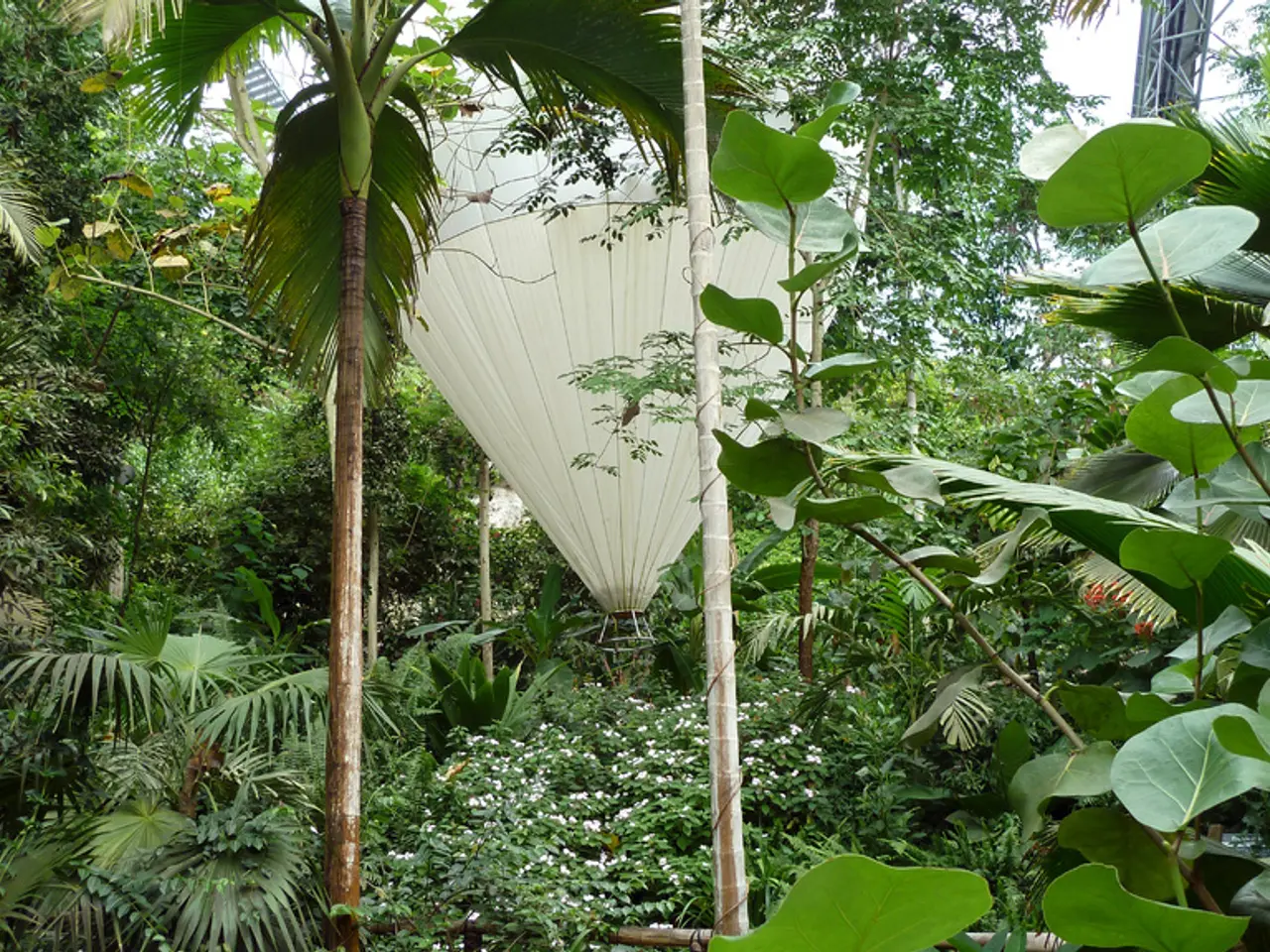Soil and Blueberries: Striking the Ideal Balance
Blueberries are a popular choice for gardeners due to their delicious fruit and vibrant colours. However, these plants have specific growing requirements to thrive, particularly when it comes to soil pH and watering.
First and foremost, blueberry plants prefer a soil pH between 4.0 and 5.5. To achieve this, it's essential to test your soil pH before planting. If your soil pH is above 5.5 (and especially above 6.2), you may need to lower it by adding elemental sulfur. This process takes time, so apply sulfur well in advance of planting and follow recommended rates based on your soil test results.
In addition to adjusting the pH, incorporating organic matter that promotes acidity and good drainage is crucial. Materials such as peat moss, pine needles, wood chips, or well-rotted sawdust are ideal for this purpose. These materials acidify the soil naturally and help retain moisture without waterlogging, which blueberries require.
When planting multiple blueberry bushes, it's best to group them together. For raised beds, mix equal volumes of peat moss with bark, compost, or planting mix. Blueberries can be grown in containers or raised beds, with appropriate soil mixes for acid-loving plants.
Watering is another essential factor for blueberries. These plants require consistent and adequate watering throughout the growing season, increasing it while the fruit is ripening. They also need partial to full sunlight, depending on the variety.
It's advisable to avoid planting blueberry plants too close to trees due to competition for sunlight and moisture. When planting in the ground, a planting area of approximately 2.5 feet in diameter and 1 foot deep for each plant should be prepared. If planting blueberry bushes in rows, allow 8 to 10 feet between the rows, depending on the equipment used for mowing or cultivating.
To further maintain acidic conditions and nutrient availability, consider regular applications of acid fertilizers formulated for ericaceous plants. Additionally, use organic mulches to help conserve soil moisture and maintain soil acidity throughout the growing season.
In summary, the best approach is to test and adjust soil pH using sulfur if needed, enrich the soil with acidic organic matter, and maintain conditions favorable to blueberries’ acid-loving nature for healthy growth and fruit production. With the right care and attention, you can enjoy a bountiful crop of blueberries in your garden.
Maintaining a suitable pH level in your home-and-garden is crucial for growing blueberries, since blueberry plants thrive in soil with a pH between 4.0 and 5.5. It's advisable to incorporate organic matter that promotes acidity and good drainage, such as peat moss, pine needles, wood chips, or well-rotted sawdust, to naturally acidify the soil and help retain moisture.







